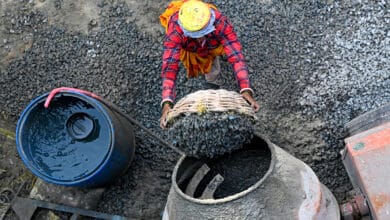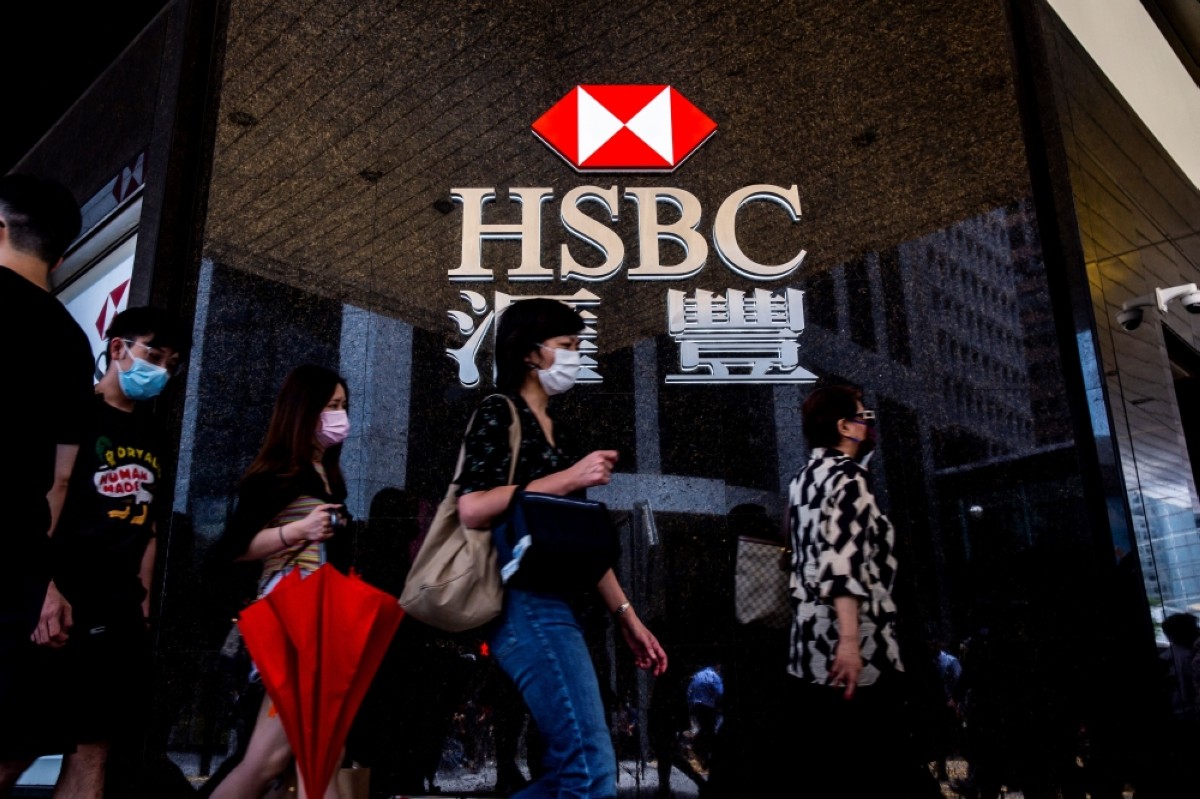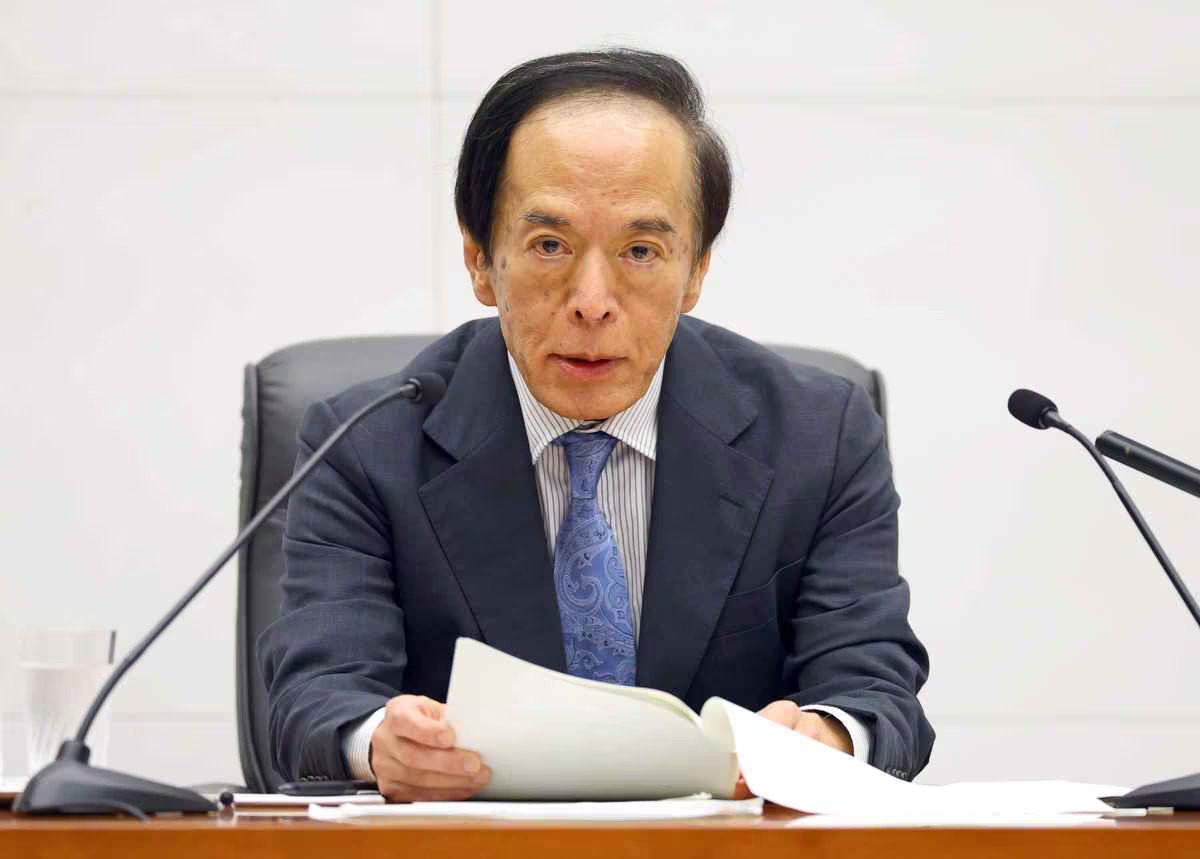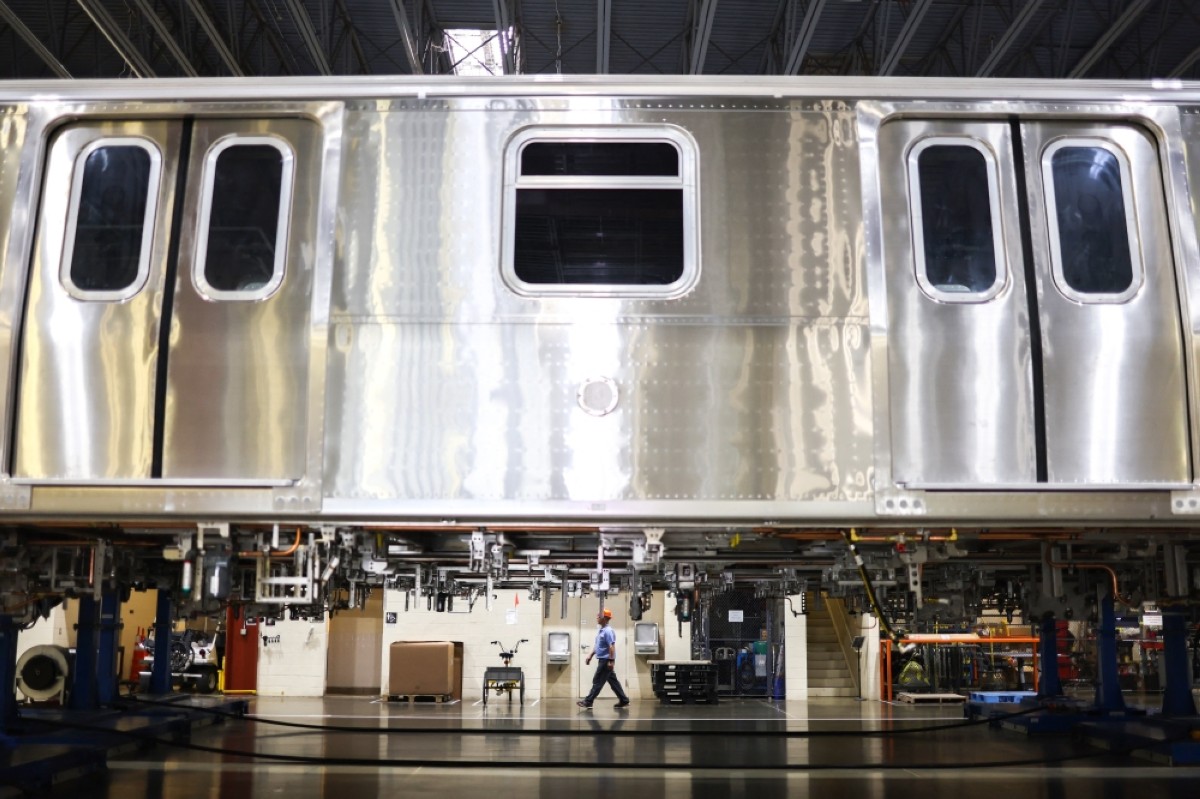Indian economy growing at 6.7% rate: S&P Global
MUMBAI: The Indian economy is expected to grow at an average rate of 6.7 per cent between fiscal year 2023-24 to fiscal year 2030-2031, said S&P Global giving a decade-ahead forecast for Asia’s second-largest economy.

NEW DELHI: A laborer works at a construction site of a shop in New Delhi on August 7, 2023. – AFP.
India’s gross domestic product (GDP) is likely to rise to $6.7 trillion to FY31 from $3.4 trillion in FY23, said S&P Global in its August volume report titled “Look Forward, India Moment”. S&P Global said that India’s short-term economic growth will be driven by a 678.6 million strong labour force, though getting more women to enter the workforce will be pivotal for future growth, as only 22 per cent women participated in the workforce as of 2022.
India has an immense opportunity to increase its share of global manufacturing exports, in line with the government’s aim to raise manufacturing to 25 per cent of GDP by 2025 from the current levels of 17.7 per cent Already the third largest consumer of energy globally, India’s per capita energy consumption remains just one tenth that of the United States, according to the report. S&P Global Commodity Insights expects the country’s total energy demand to double by 2050. India’s efforts to meet its growing energy needs while lowering emissions will be closely watched as a model for other emerging economies.
“India and the rest of the world are joined at the hip in the journey to reach net-zero emissions…. Developing countries will be watching closely as India continues its growth trajectory while trying to reduce the carbon intensity of its economy and ultimately bend its total GHG emissions curve,” said Atul Arya, chief energy strategist, S&P Global Commodity Insights. Meanwhile, the report added that mobility in India, despite having massive potential, will be challenged by infrastructural hurdles, especially in the cities. “Urban centers are India’s growth engines.
However, due to the massive influx of cars in cities, hyper-local commuting challenges like congestion and pollution are detrimental to the India growth story,” the report said. “This will make personal mobility far more important than individual car ownership, spurring demand for public transport and new and innovative shared mobility solutions,” it added. When the members of the monetary policy committee (MPC) of the Reserve Bank of India (RBI) will begin its huddle on August 8 to decide on India’s monetary policy for the coming months, they will have to consider two crucial factors: the recent significant increase in prices of vegetables, cereals, and pulses in the country and the US Federal Reserve’s decision to resume raising interest rates after a pause.
RBI, like many of its global counterparts, has been struggling to bring inflation down. Experts point out that the fresh surge in inflation is likely to limit RBI’s ability to lower interest rates during this year. The growth contribution from productivity will be higher than in previous periods. Even with India recalibrating toward manufacturing, services will maintain a strong role in the economy, S&P Global noted. The Indian consumer market will more than double by 2031, surging to $5.2 trillion from $2.3 trillion in 2022, according to S&P Global Market Intelligence’s Global Consumer Markets Service. Services will remain India’s export growth engine.
The sector’s share of total exports has already risen to 42 per cent in fiscal 2022-23 from about 30 per cent in fiscal 2011-12. S&P Global expects this trend to continue. India is, however, failing to take full advantage of its large and growing working-age population and manufacturing’s share of GDP has only risen to about 18 per cent from 15 per cent over the past two decades. By contrast, services’ share has leapt to 55 per cent from 45 per cent. Manufacturing has been held back by stringent labour laws, subpar logistics and poor infrastructure, S&P added. – Agencies.











